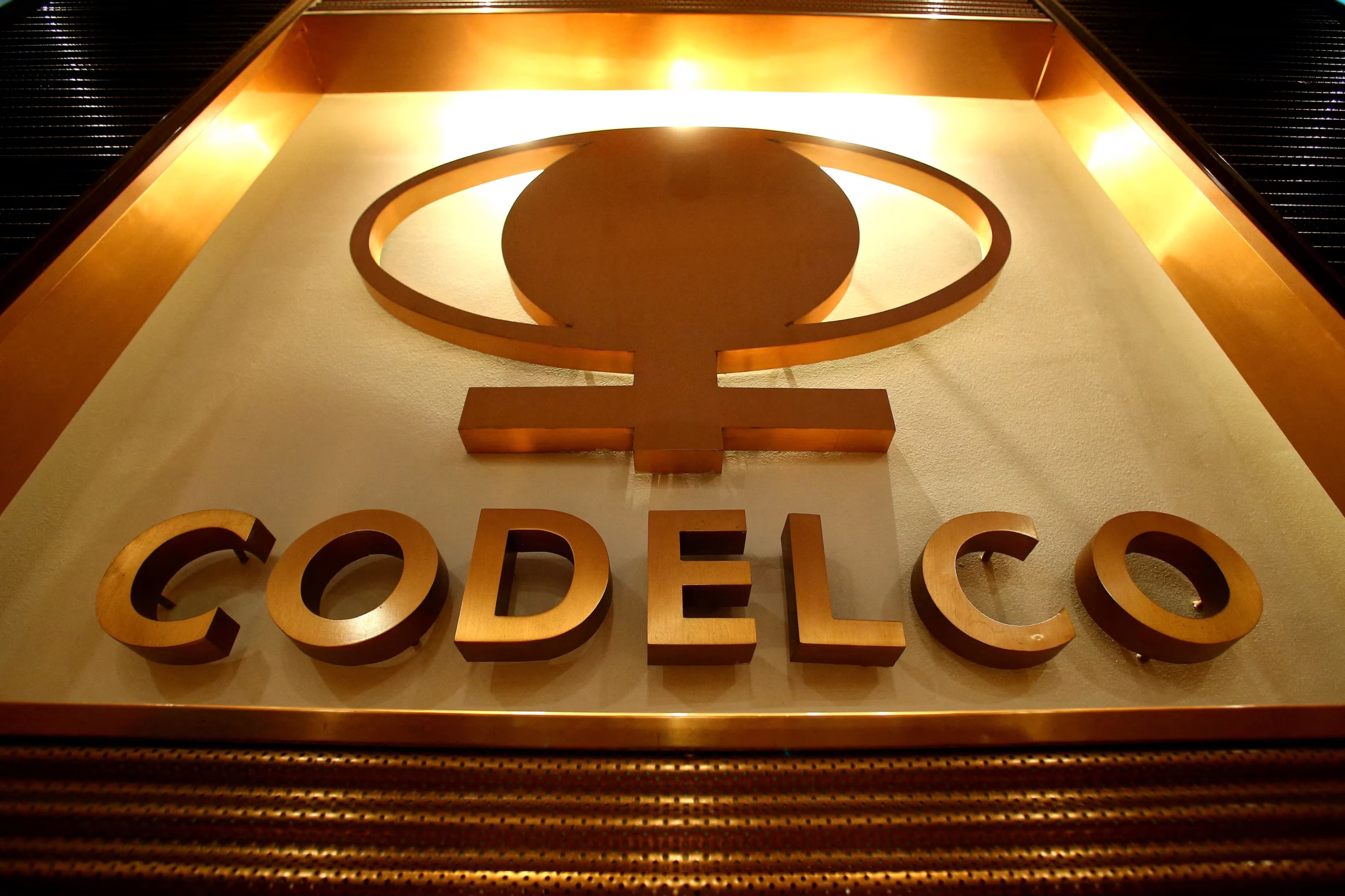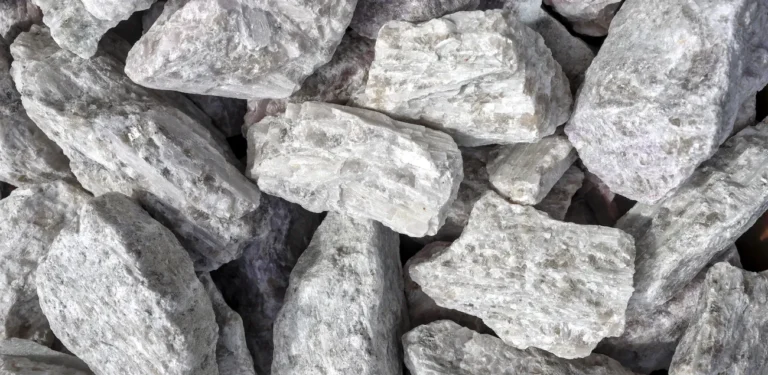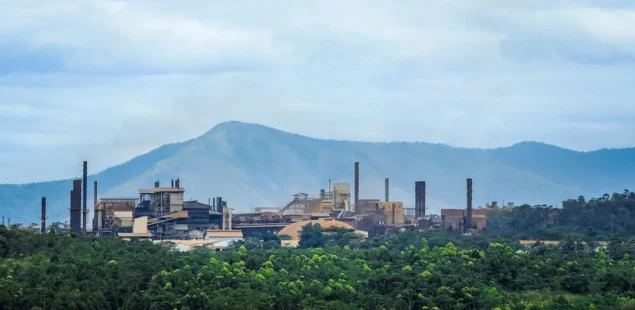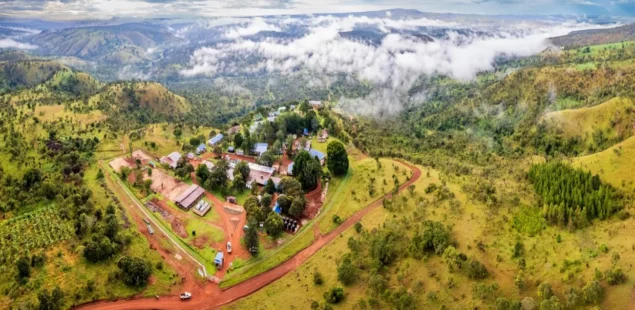
Chile’s state-owned copper producer Codelco has applied for an environmental permit to extend the life of its Gabriela Mistral mine by more than 25 years. The proposed $800 million project would push the current closure date from 2028 to at least 2055, ensuring continued production at the Antofagasta region mine, which has been operational since 2008.
A cornerstone of the plan involves transitioning away from domestic land-based water sources by 2035. The mine will instead rely on third-party water suppliers that meet environmental standards. In exchange, Codelco has pledged to provide an equivalent amount of water to the local community. Gabriel Méndez, vice president of corporate affairs and sustainability, emphasized that the mine has used only 2% of its authorized water volume, a resource unconnected to local ecosystems or other external users.
The mine’s operations will also shift focus from copper oxides to copper sulfides, using a salt-based chlorinated leaching process to improve recovery rates. Gabriela Mistral’s annual output is approximately 110,000 tonnes of copper, and the operation employs around 4,000 workers. Notably, 25% of its workforce is female, and the mine is managed by Claudia Cabrera, Codelco’s first female general manager.
Gabriela Mistral’s extension is part of Codelco’s strategy to address declining ore grades and rising operational costs across its aging portfolio. While November’s copper production rose 18% year-on-year to 125,500 tonnes, it remains below targets. To meet its 2024 annual production goal of 1.325 million to 1.352 million tonnes, the company must produce over 161,000 tonnes in December.
Codelco faces increasing competition from global players like Freeport-McMoRan, which has rapidly expanded operations. While demand for copper—driven by electric vehicles (EVs) and renewable energy systems—is expected to grow 60% by 2050, Codelco’s infrastructure challenges hinder its ability to capitalize fully on the opportunity. Aging operations, such as Chuquicamata’s transition to underground mining and delays at El Teniente, highlight the complexity and cost of extending mine lifespans.
Financial pressures have also mounted, as the Chilean government—which heavily relies on Codelco’s revenues—supports its ambitious capital expenditure plans. Rising debt and escalating project costs limit investments in new opportunities, leaving Codelco to navigate a delicate balance between maintaining output and funding expansions.



